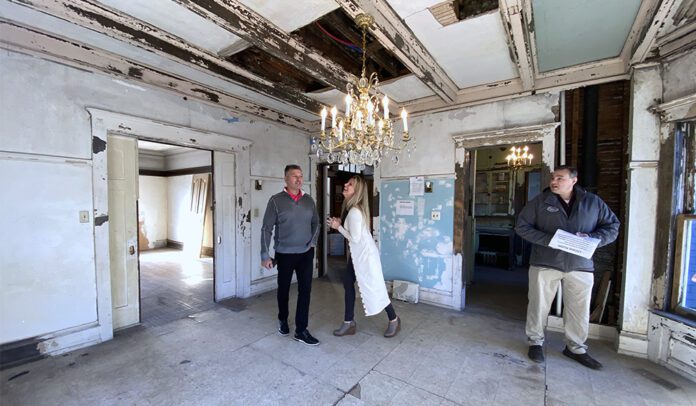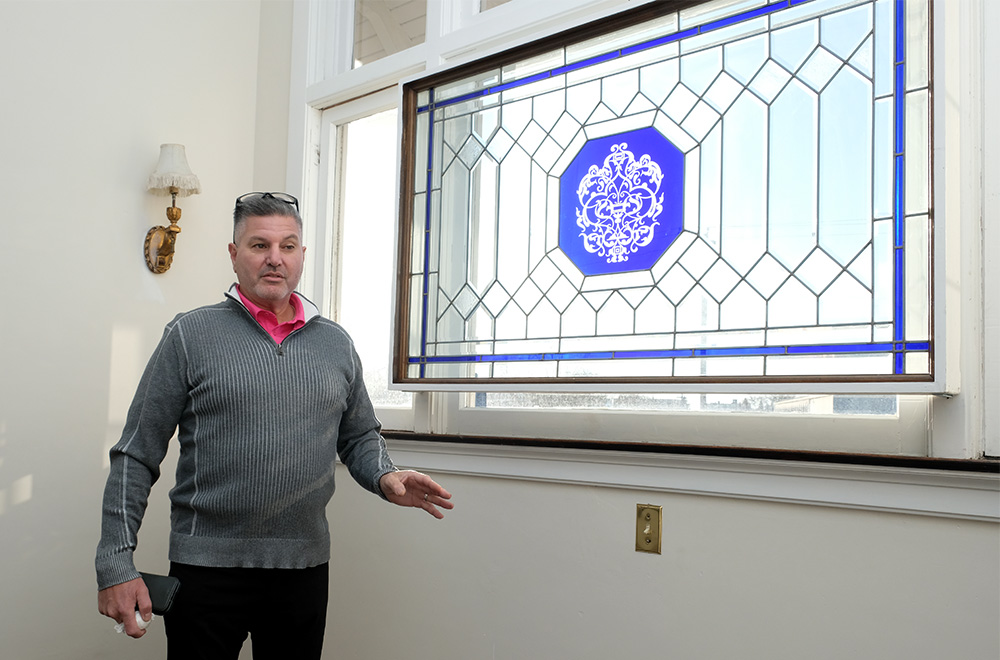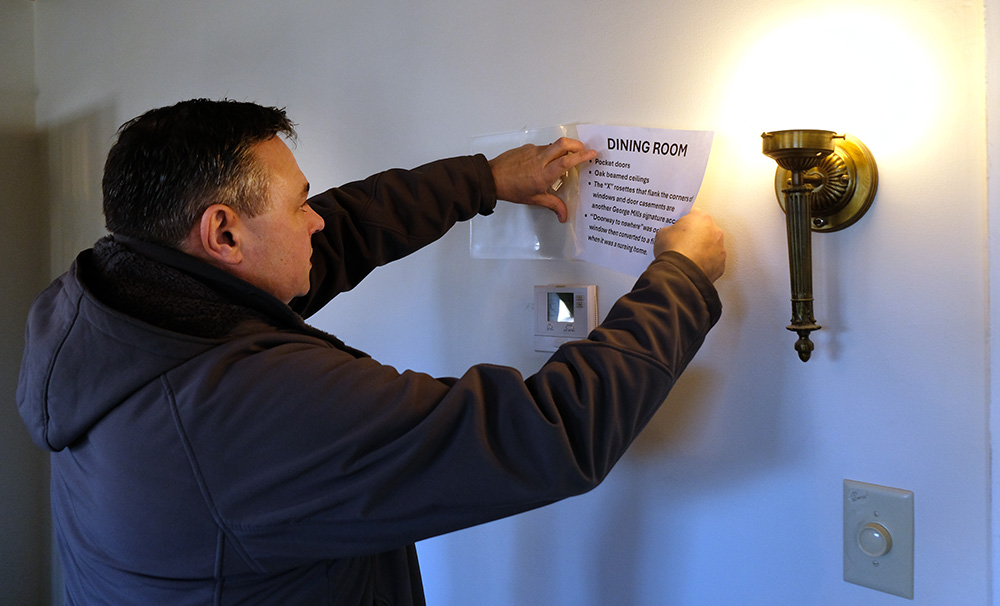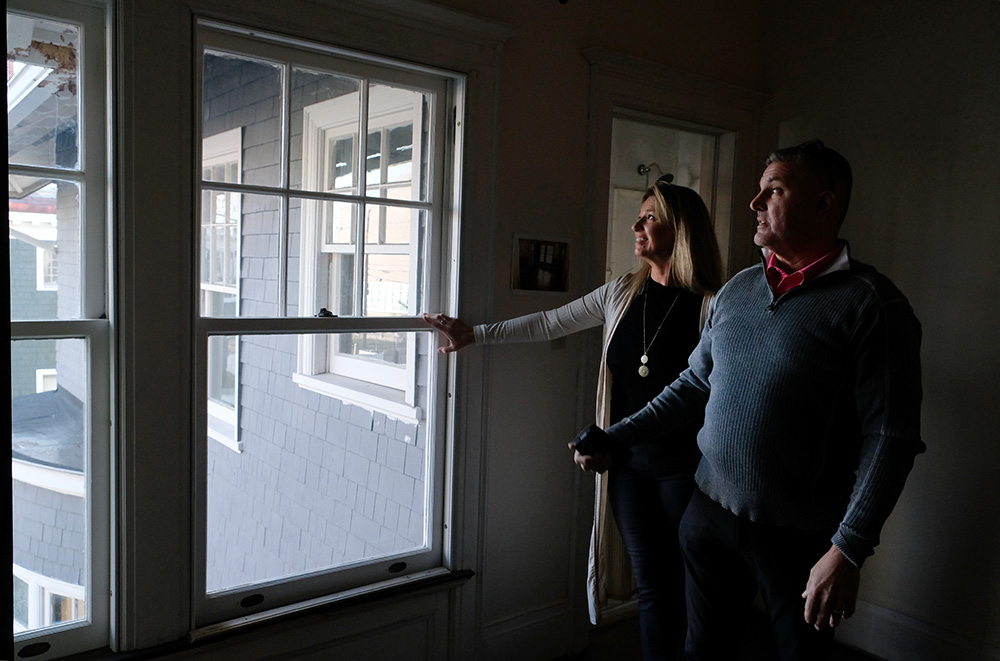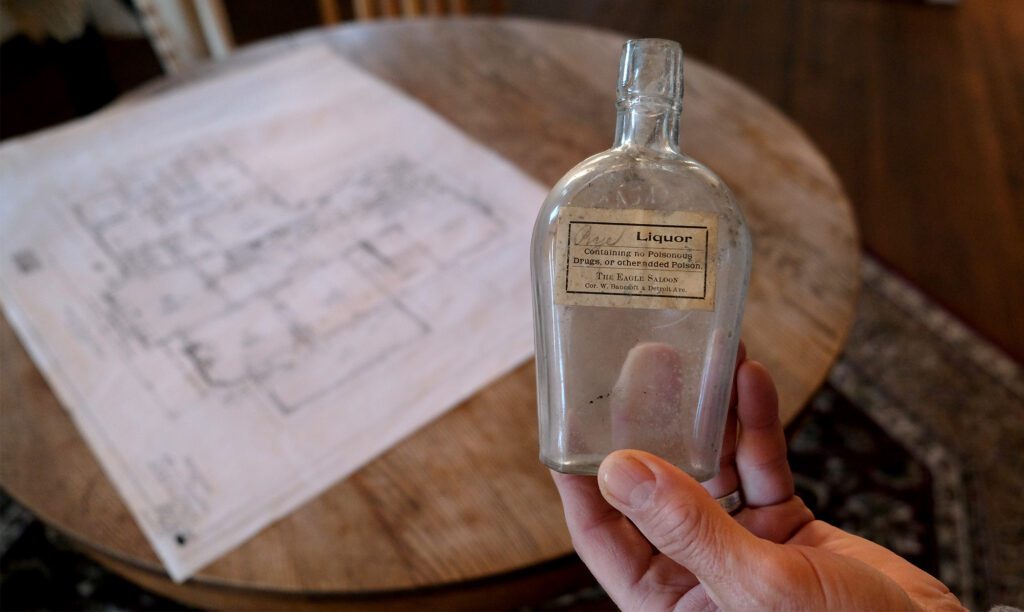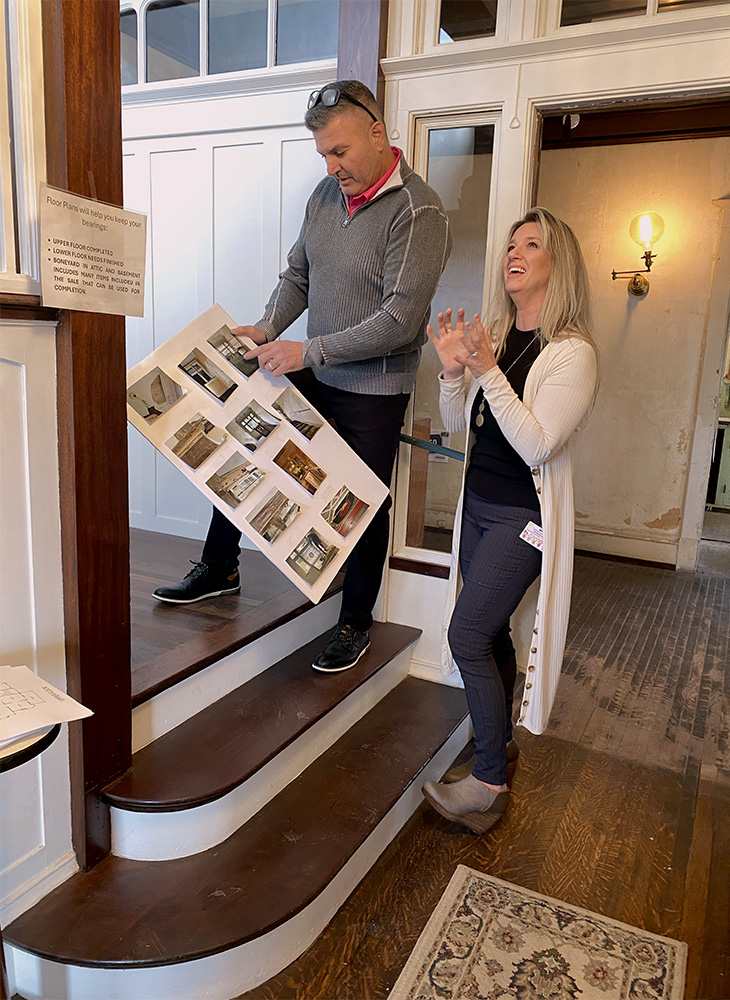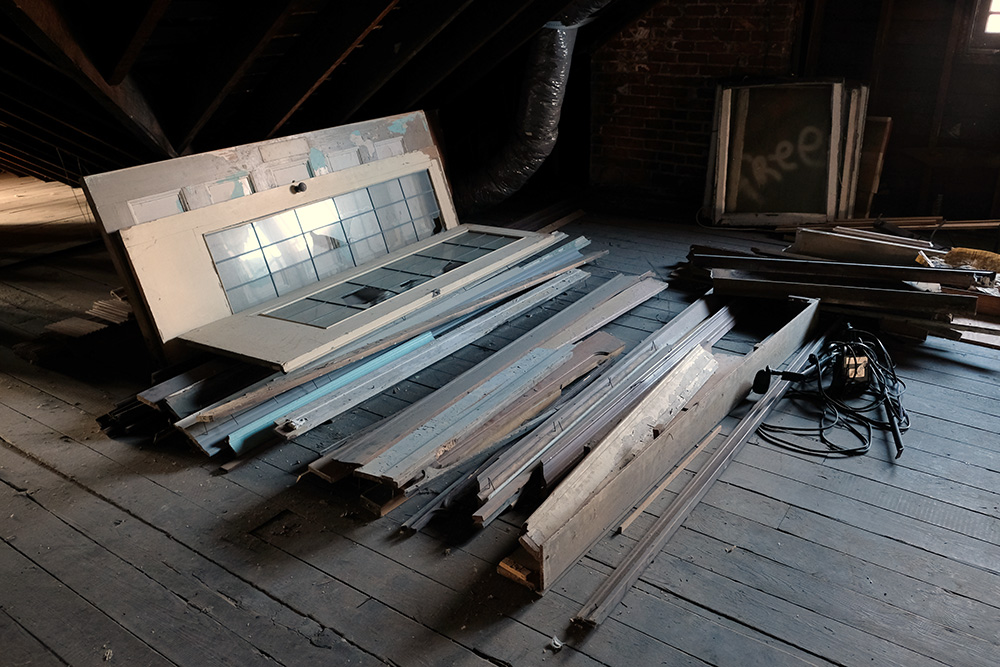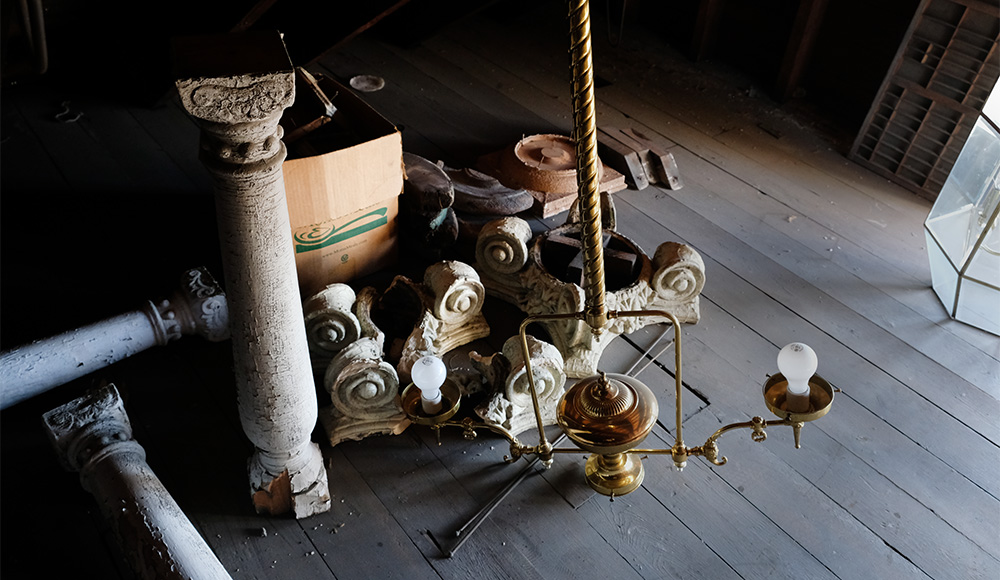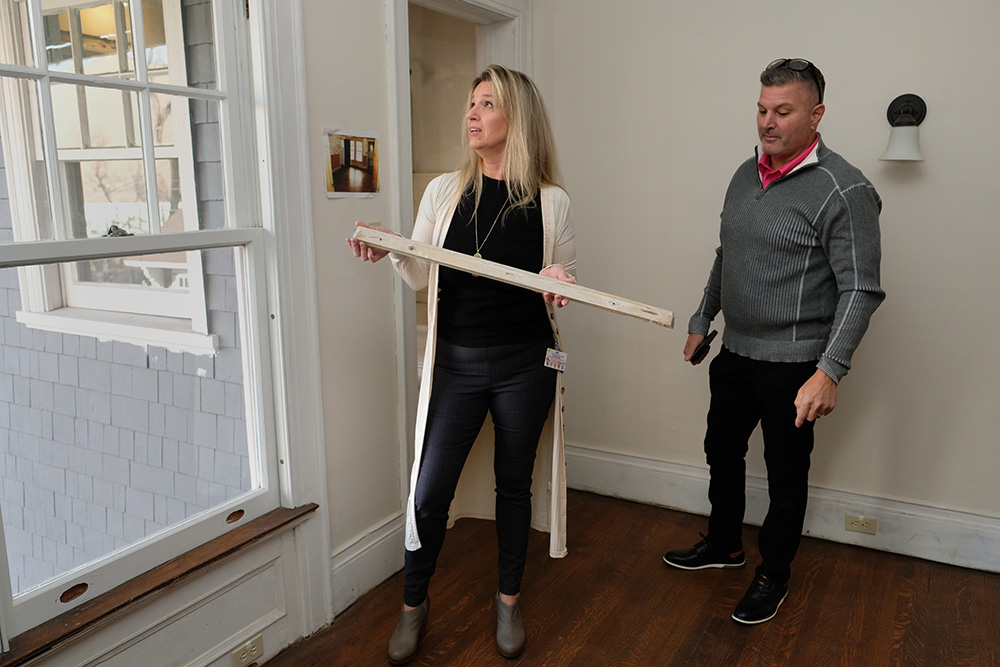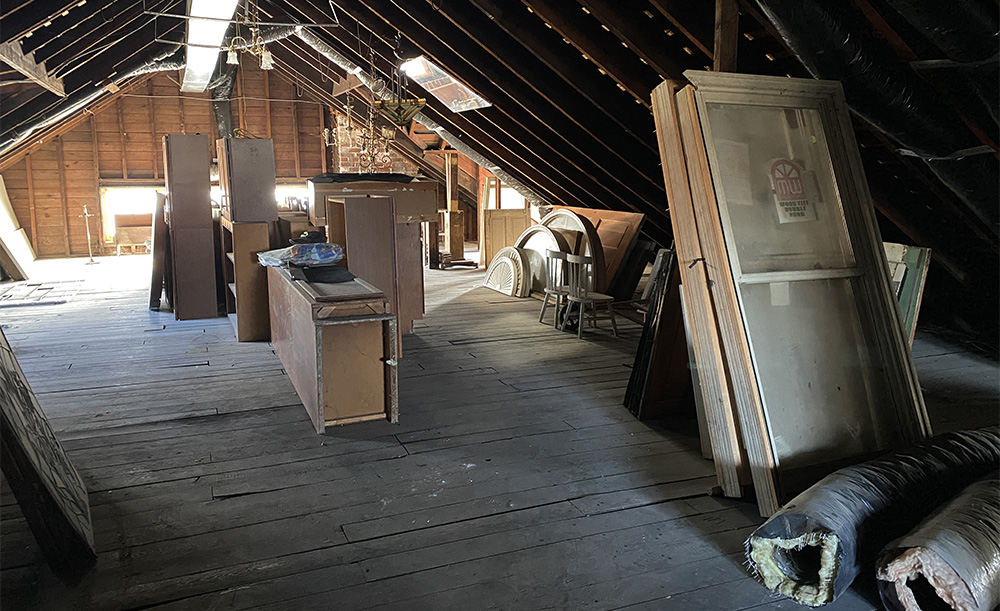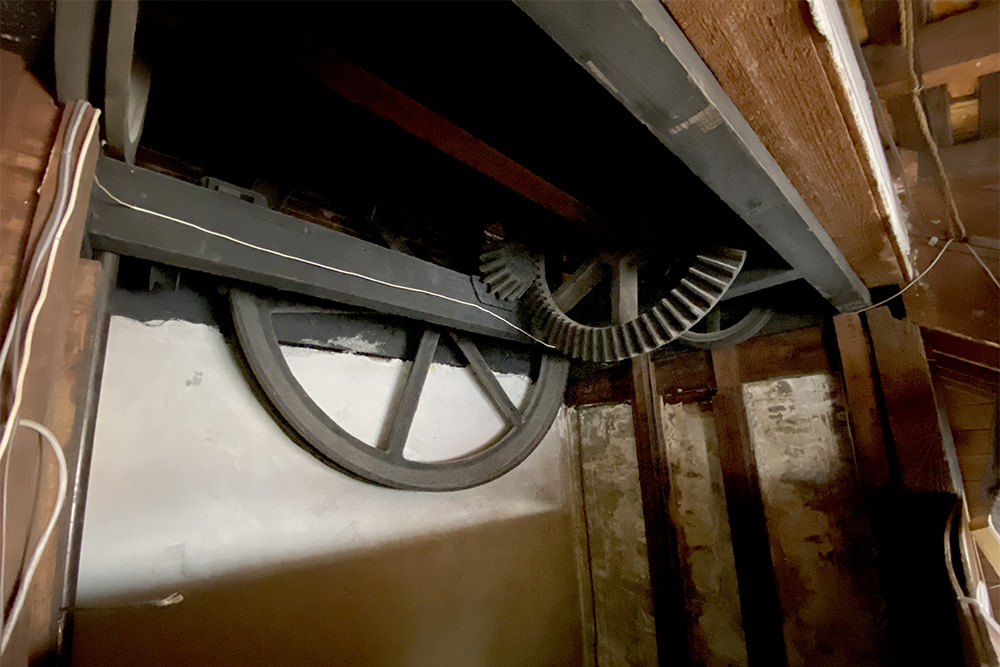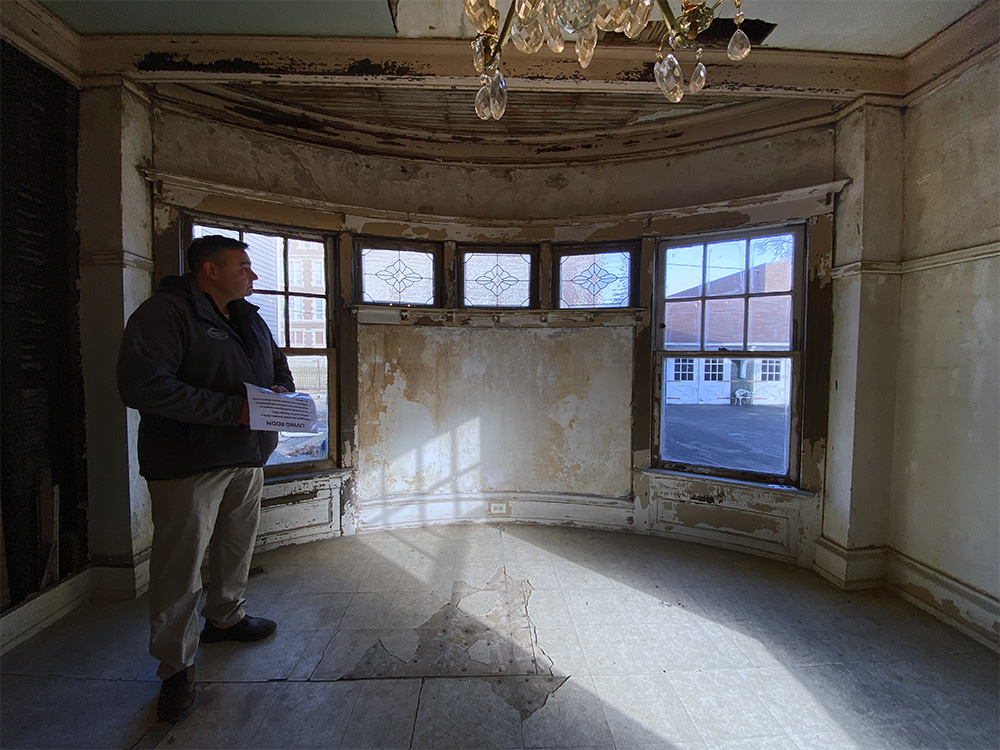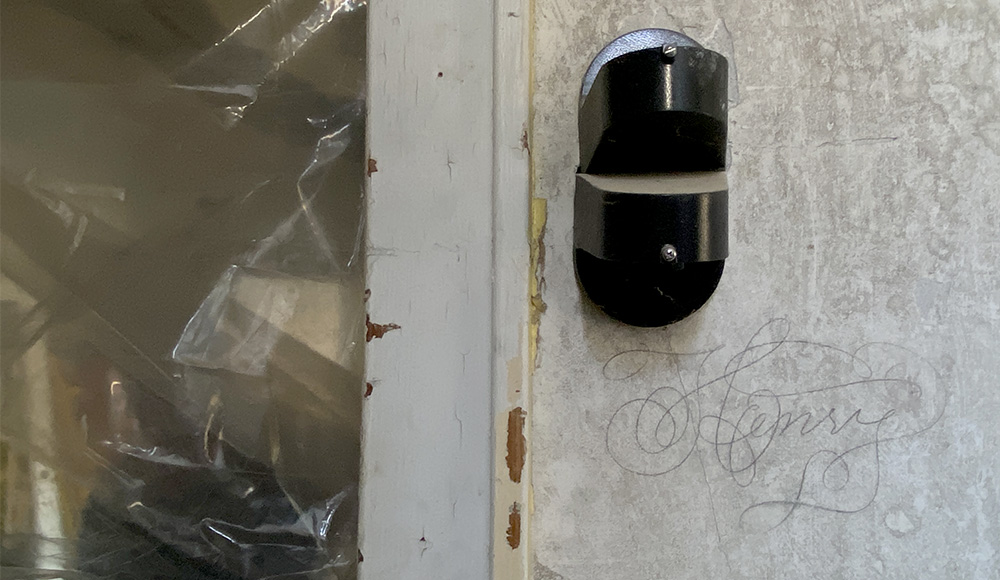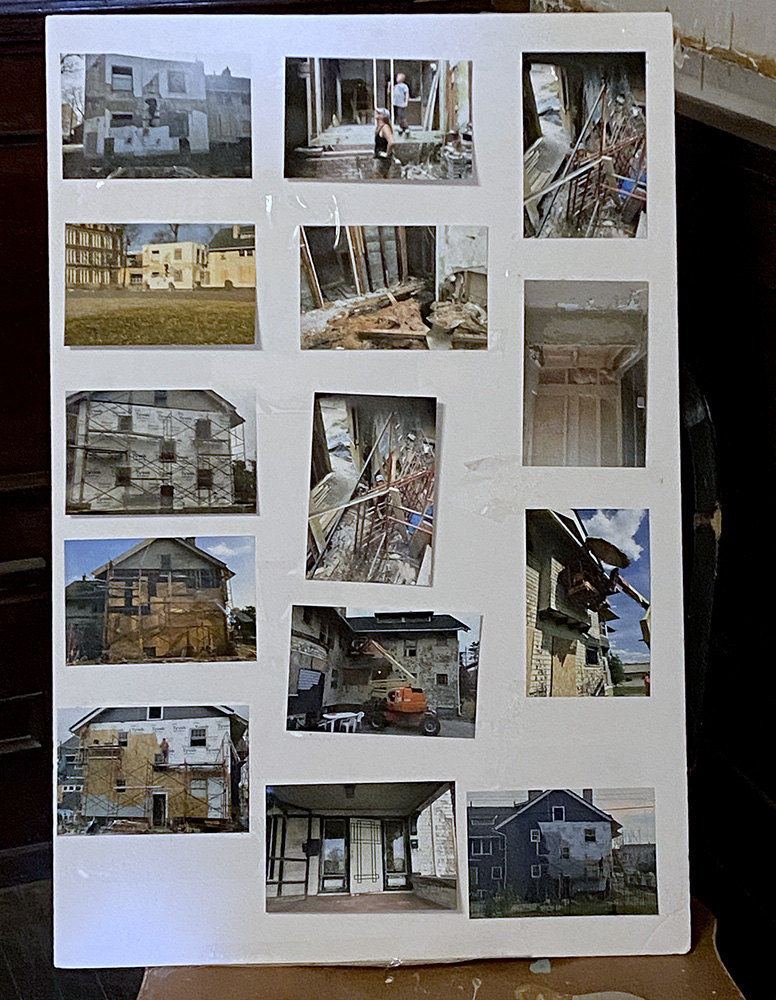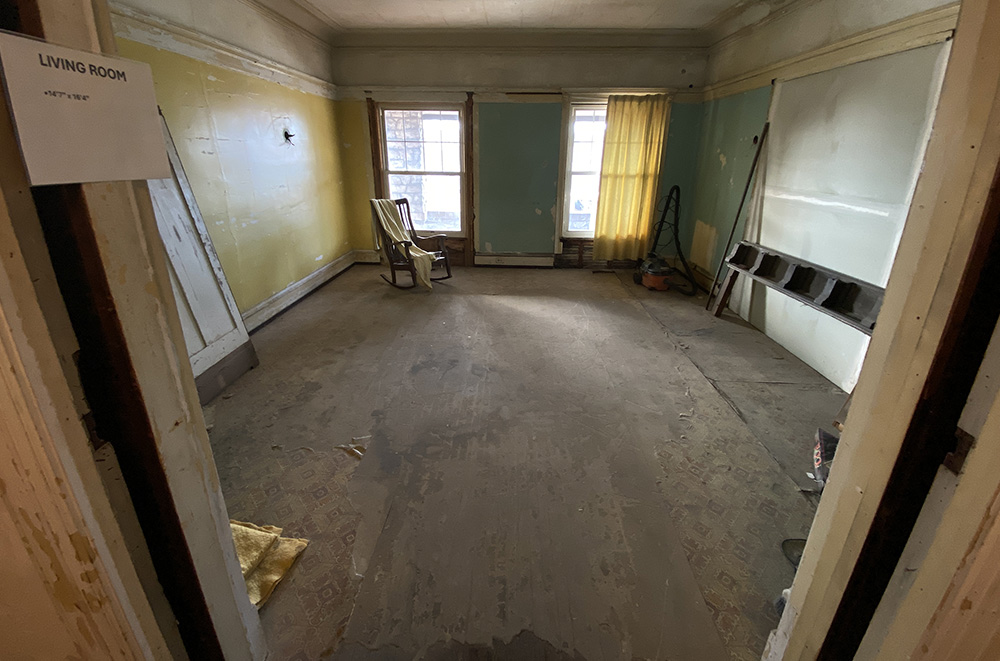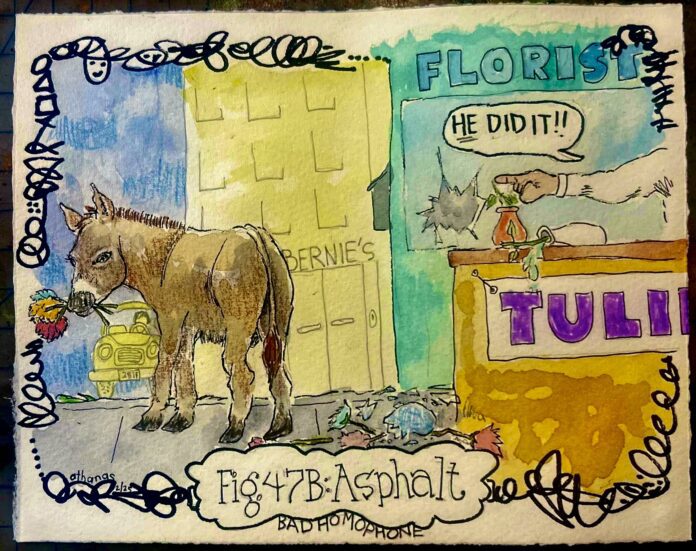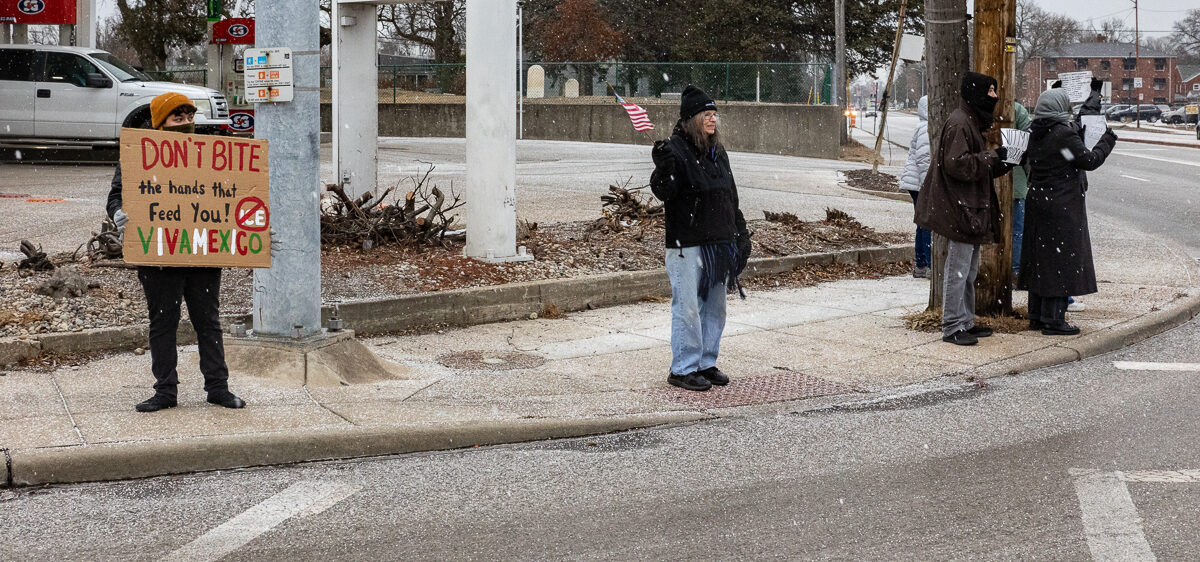TOLEDO – I’ll be the first to admit that social media’s role in elevating every voice from the public square has also been problematic – despite being someone who’s benefited from it.
But as PBS News Hour co-anchor Amna Nawaz once told me during an interview I conducted with her and co-anchor Geoff Bennett, “the good stuff rises to the top.”
As a soon-to-be 17-year-old journalist and six years into my career, I’ve seen firsthand how misinformation, disinformation and intentional efforts to ‘flood the zone’ have polluted dialogue about important issues: Issues that matter to our community, country and world.
I had asked her about the challenges that come with being a journalist in this day and age – and her answer spoke to the important role we have to provide good information. And that’s what I aim to do with Behind The Byline, an news podcast.
A changing media landscape calls for continuing coverage of stories that aren’t often in the spotlight – or ‘too complicated’ for the mainstream. This weekly podcast will lean into those stories, with care, and guided by experience.
My inaugural episode, a conversation with Toledo City council member George Sarantou, is an example of what dissecting a complicated matter can look like. Our discussion, about the City of Toledo’s 2025 budget, balances numbers with real-world impact. As a policy reporter, I can’t understate the value of turning abstract dollar amounts into tangible results.
The 3-part story on the budget, written by reporter Stephen Zenner, was originally published in the Toledo Free Press Jan. 28-31, but you can read the entire story here.
Episode 2, an in-depth conversation about LifeWise Academy, provides a local angle on the church and state debate. This religious instruction program has a presence in 40 percent of Ohio schools, raising questions about the extent of religious freedom, while becoming part of a much larger conversation.
I interviewed reporter Laurie Bertke, who’s been covering Lifewise’s rapid growth for the Toledo Free Press, as well as one of her sources – Keith Comer – who was insightful about its footprint in our area. Listen for that on Wednesday, Feb. 19.
These are just two of what will be many episodes that prioritize substance above all else. As I often say, you can’t begin to address issues, find common ground – and, most importantly, execute on solutions – unless everyone commits to fact-based conversation.
Let’s talk about our problems from a critical angle, not avoid them due to the potential for conflict, as a democracy of uninformed discourse is the antithesis of a healthy one. The public’s right to know not only applies to what information can be shared amiably. In fact, it exists for the sake of what can’t.
Behind The Byline episodes will run on the Toledo Free Press Podcast page every Wednesday, and will not only be a stark contrast to polarizing, low-information ones, but set an example: That example being how we, despite not viewing every issue from the same lens, can – at least – keep the lines of communication open.



